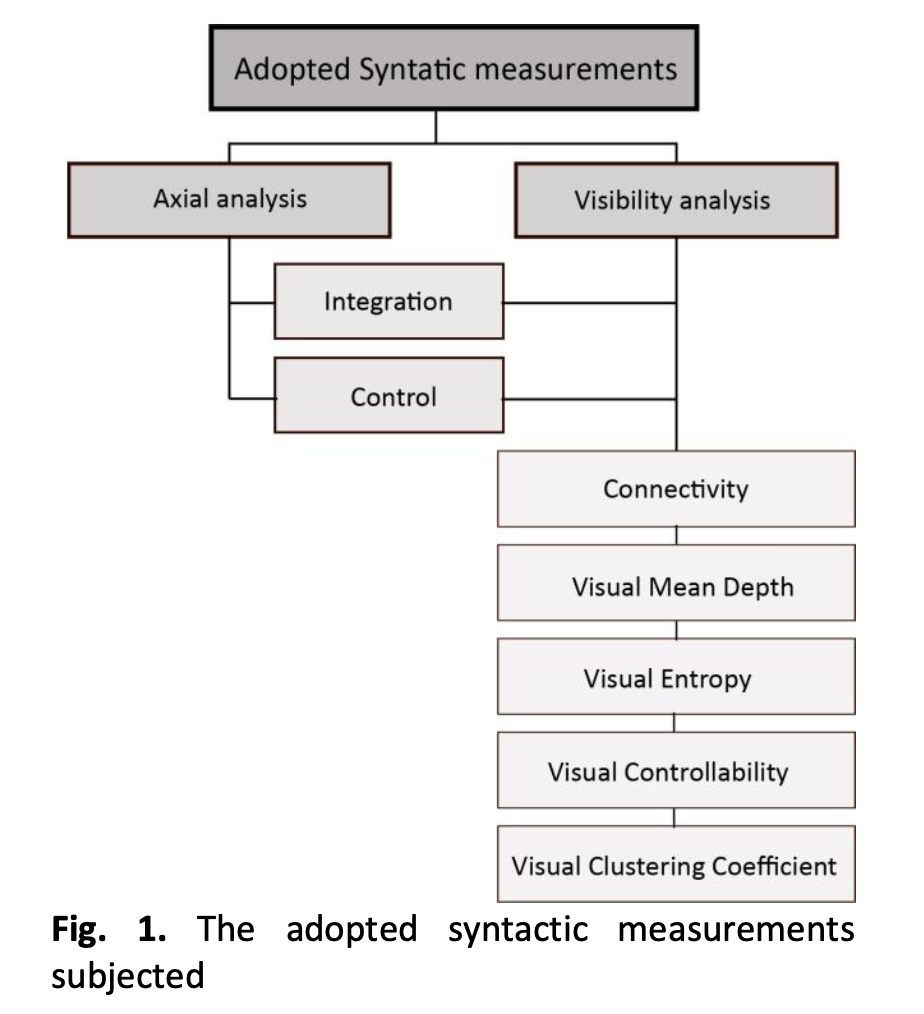Tracing the Confucian Merchant Culture in the Spatial Layout of Traditional Commercial and Residential Buildings using Space Syntax
DOI:
https://doi.org/10.37934/araset.32.2.522536Keywords:
Traditional commercial and residential buildings, Space syntax, Confucian merchant cultureAbstract
Confucian merchant culture is the mainstream of traditional business culture. Regarding the research on Confucian merchant culture, researchers mostly conduct research from the perspectives of business management methods, business philosophy, and training people in business, emphasizing honest and trustworthy business management behaviour and the moral cultivation of business operators, and lack of research on commercial business sites. As the main type of traditional commercial buildings, Traditional commercial and residential buildings' spatial layout and spatial functions are closely related to the Confucian merchant culture. In particular, Confucianism contained in the Confucian merchant culture considerably impacted the traditional Chinese architectural form due to Confucianism's absolute dominance in traditional Chinese society. Thus, analysing the spatial layout and usage effectively traces the traditional commercial and residential building culture. The main research issues of this paper are the reflection of the spatial configuration on the cultural connotation of Confucian merchants and the characteristics of the deeper social environment and social-cultural system. This study examined a traditional exchange shop in central Shandong as an example. Through the visual analysis and Axial analysis of space syntax, the spatial layout characteristics under the influence of Confucian merchant culture in traditional commercial and residential buildings and the use relationship of different spaces corresponding to different users are investigated. The results showed that under the influence of Confucian merchant culture, the spatial layout and functions of traditional commercial and residential buildings reflect the ritual system and the people-oriented Confucian business philosophy. The concept of hierarchy in Confucian businessman culture has led to the dual-use buildings of commercial and residential buildings, still emphasizing the hierarchical distinction of architectural space. It further reflects the characteristics of unequal distribution of social resources in traditional commercial buildings leading to unequal use of architectural space.
Downloads




























